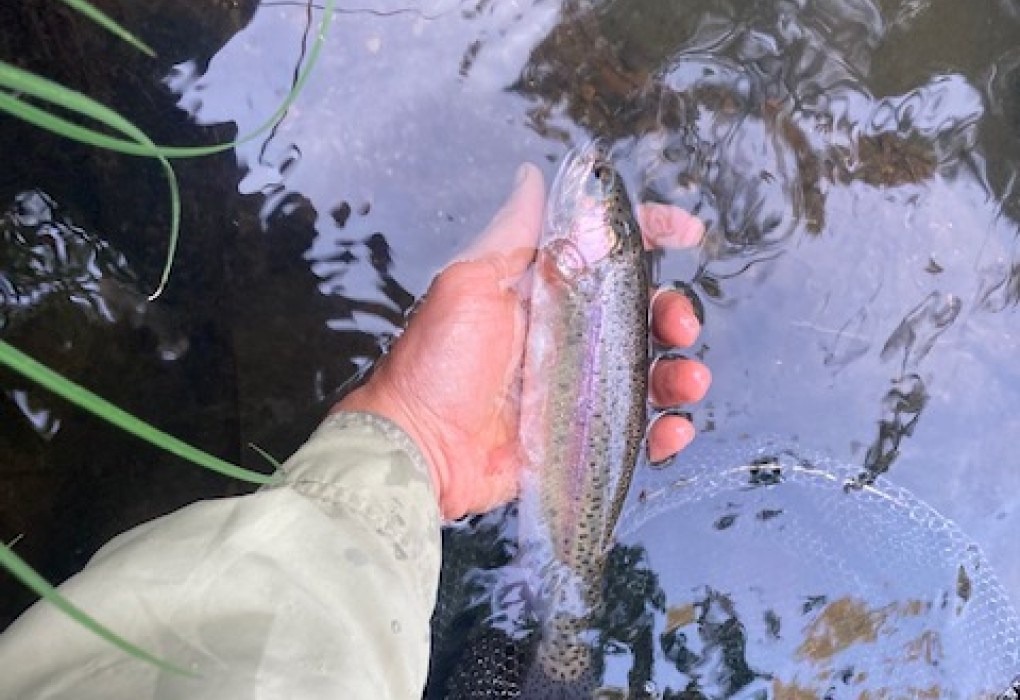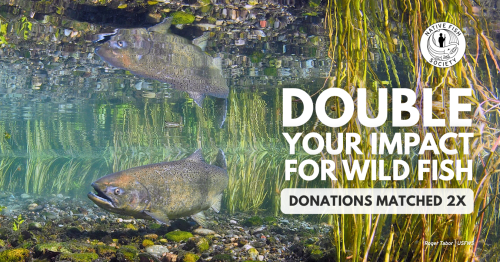StEELhead Discoveries Series - Part 2
*This is Part 2 of an ongoing series on the campaign to Free the Eel and efforts to better understand and revive the iconic steelhead in the Pacific Northwest by Native Fish Society Fellow Samantha Kannry. View all parts of the series HERE. Additional parts and updates will be posted over the next several months. Stay tuned!
~ ~ ~ ~ ~ ~
"Our first sampling trip of 2023 took us to the Cascade-Siskiyou National Monument. The monument is an ecologically and geologically unique landscape with sweeping vistas and spring-fed creeks. The area forms part of the boundary between the upper Klamath and upper Rogue Rivers.
In July of 2022, we explored the Emigrant Creek (Rogue River tributary) portion of the Monument. There, above the reservoir, at 3400 ft. elevation, we found Coastal Cutthroat Trout. Coastal Cutthroat’s distribution makes a dramatic leap inland around the Oregon/California border, or Klamath/Rogue boundary. This year we focused on tributaries draining into the Klamath River such as Scotch, Keene, Jenny and Spring Creeks. Spring Creek, along with its neighbor Fall Creek, comes pouring out of the ground at its source on an old volcanic plateau. There, under the moonlight, we found freshwater-bound Redband Trout, long isolated from their anadromous relatives by the Klamath dams. Or they may be mixed-ancestry fish, with the multitude of human plantings that go on in the area. We hope to find some answers after we take their tissue to the lab, turn it into tiny drops of liquid with immense amounts of information, and read what that information says.
This trip, along with the rest of the fieldwork we will do this summer, is the continuation of genetic-based life-history studies of Coastal Cutthroat Trout and steelhead/rainbow trout that were begun on the Smith and Eel Rivers, respectively. We walk around creeks at night, with hand-held nets and catch (mostly) juvenile fish. We cut a tiny piece of their caudal fins to tell us a story of their ancestry, where they have been, and where they are going.
In the Eel River, we learned that rainbow trout above Scott Dam still have the potential to be the source for a renewed population of summer-run steelhead, once the dams are removed. On the Klamath, the dams are in the process of coming out, with the first of the four dams, Copco 2, currently in the removal process and expected to be out by this Fall. Work has already been done showing that the potential for summer-run steelhead exists above the dams.
There is great peace in entering those arid plateaus and seeing the inundated canyons with the knowledge that a flowing river will be there again soon. The hidden walls will be exposed. Moonlight will touch round boulders and rippling waves. And fish from the sea will return to their ancestor’s natal waters. And we hope that the Eel will soon see the same fate."
-Samantha Kannry
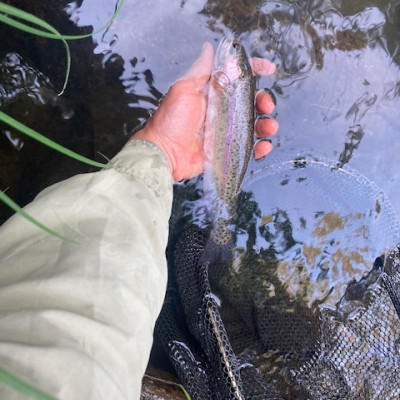
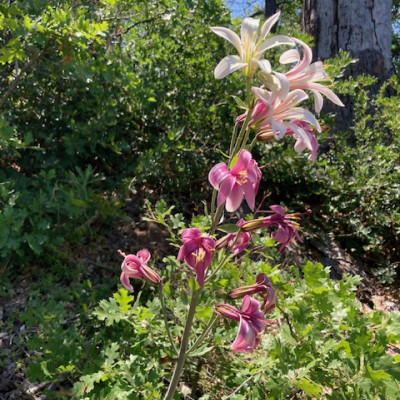
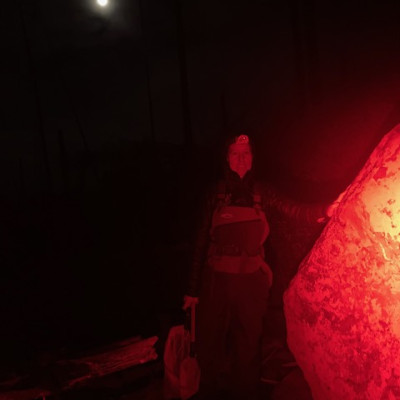
~~~~~
About the Author:
Samantha Kannry has been monitoring, studying, and swimming with summer-run steelhead in the Eel River and other rivers of Northwestern California for the past thirteen years. She joined NFS as a volunteer in 2015, then became a fish genetics fellow in 2020.
While it has been clear to the native peoples of the region since time immemorial that summer-run steelhead and the congeneric spring Chinook are separate populations, not everyone else sees it so clearly. Her research has focused on using conservation genetic tools to elucidate the distinction between summer and winter-run steelhead.
When not minking (a combination of hiking, swimming, snorkeling, sliding, shimmying, and boulder jumping) down rivers, she is usually growing and eating fruit, moving manure at Caudal Fin Farm, or bike touring distances large and small. All working towards re-establishing the inherent continuity between rivers, land, and people.
Read StEELhead Discoveries Part 1 HERE.
